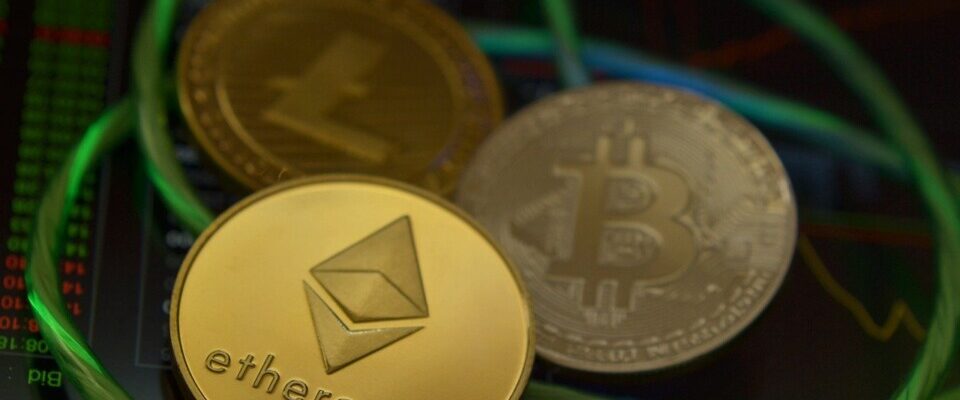Ethereum has outpaced major digital currency rivals this year, boosted by a spike in decentralized finance (DeFi) and the prospect of a technical adjustment this summer, but it faces roadblocks that might slow its progress.
With a price increase of more than 350 percent this year, ethereum has the second-largest market capitalization after bitcoin, but it lacks the cache and may have more operational issues, preventing it from overtaking its major opponent.
DeFi, or peer-to-peer cryptocurrency networks that permit lending outside of traditional financial institutions, lies at the heart of ethereum’s ascension. Many websites are powered by the Ethereum network, which uses open-source technology and algorithms to establish rates in real-time depending on supply and demand. DeFi, on the other hand, has flaws.
According to Dune Analytics, 2% to 5% of transactions on ethereum-based decentralized exchanges failed to owe to issues including slippage or insufficient “gas” prices, which are the fees required to complete a transaction on the ethereum blockchain.
Technological Issue
According to market participants, Ethereum has also been hampered by the network’s inability to scale to meet demand without incurring large transaction fees and sluggish transaction processing. The first phase of Ethereum 2.0, which was released last year, aims to address the network’s technical difficulties with speed, efficiency, and scalability.
The planned transfer to Ethereum 2.0, according to John Wu, president of AVA Labs, an open-source platform for financial applications, has been in the works for years.
Ethereum is also up against networks like AVA Labs’ Avalanche and Binance Smart Chain, both of which are compatible with ethereum’s assets and applications.
No Certainty in future of “Gas”
In the official description, there is no value proposition for ETH. Perhaps this omission is due to the Ethereum Foundation’s belief that the value of ETH is so evident that it isn’t worth mentioning: All of this is paid for using $ETH fees (called ‘Gas’).
Let’s broaden the metaphor if the concept of gas isn’t instantly obvious: The Ethereum network functions similarly to a shared automobile. When a contract requires the use of a shared car, the car consumes fuel, for which you must reimburse the driver. The amount of petrol you owe is determined by the distance you were driven and the amount of garbage you left in the car.
Although the metaphor of gas is appealing, it is insufficient to justify non-zero $ETH costs. Inside an internal combustion engine, gasoline burns; an internal combustion engine cannot function without a combustible fuel. $ETH as Gas is a metaphor for how gasoline is utilized; in an Ethereum contract, there is no necessity for Gas.
Cryptocurrencies are very beneficial and profitable in the business, trading, and crypto market but the risks and unprecedented failures are attached to the market of cryptocurrency that must be looked into in great detail. Investments into any of the cryptocurrencies should be done with meticulousness in order to understand the market and future of the cryptocurrency.

